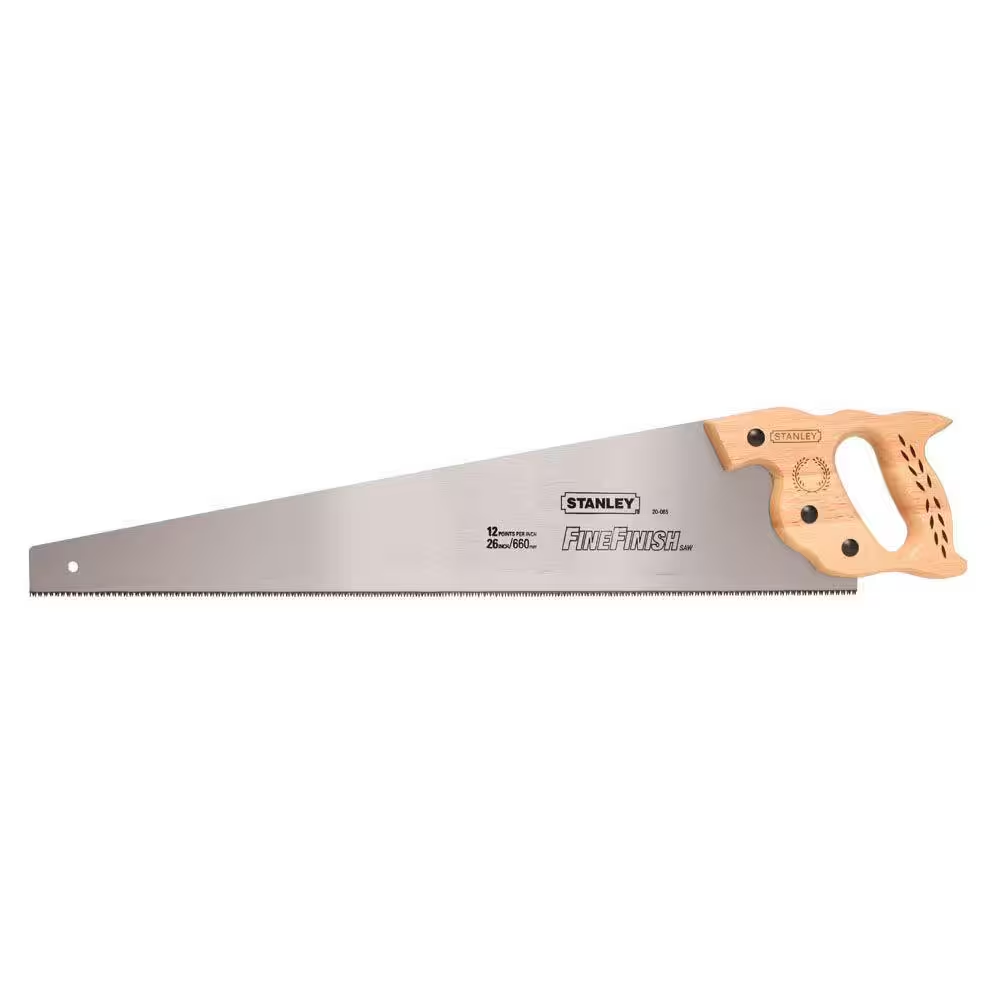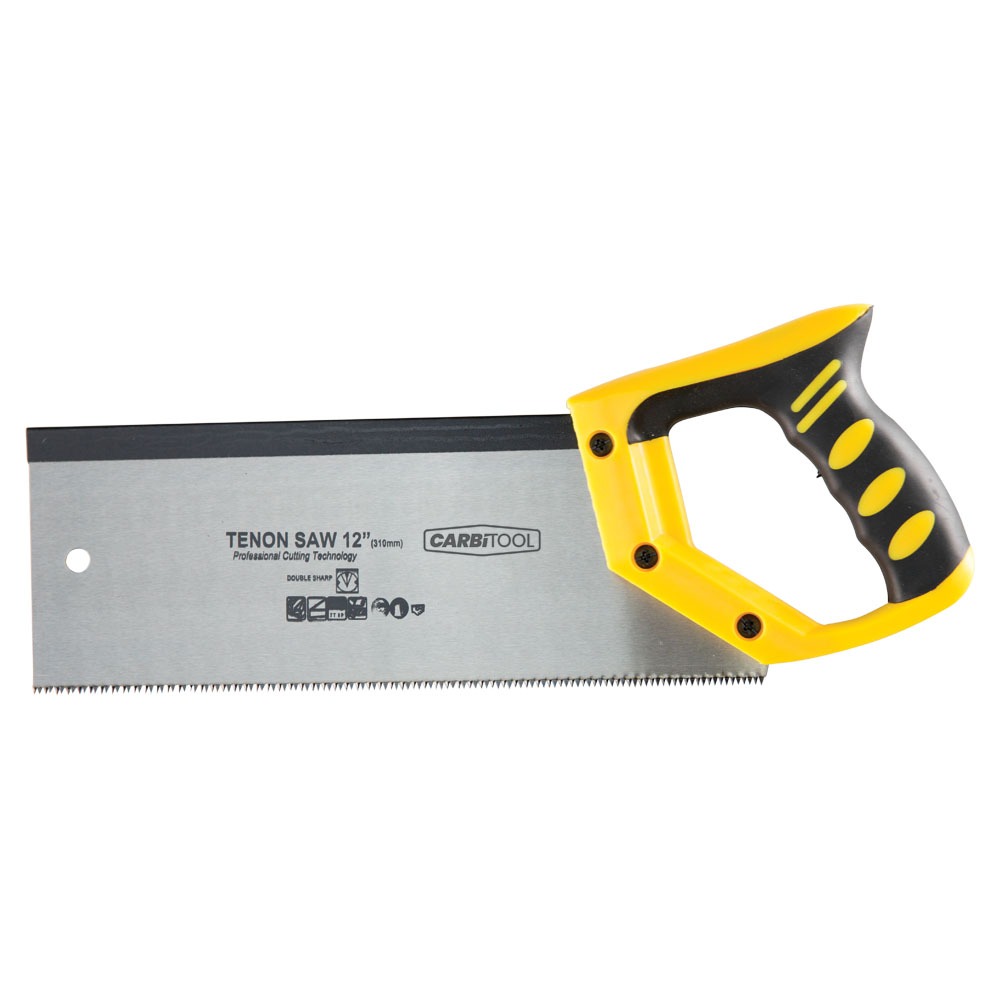Introduction to Saw Types and Their Uses
Whether you’re a skilled craftsman or a DIY enthusiast, understanding the various type of saws and their uses is crucial for selecting the right tool for your project. Saws are fundamental tools in woodworking, metalworking, and many other applications, but with so many options, choosing the appropriate one can be overwhelming. In this section, we will introduce hand saws and power saws, highlighting their characteristics and the diversity they bring to your toolkit.
Overview of Hand Saws and Their Characteristics
Type of saws: Hand saws are the classics in the toolshed. Known for precision and a simple design, they enable you to make clean cuts with manual control. From the large teeth of a rip saw that cut along the grain, to the intricate designs possible with a coping saw, hand saws are as versatile as they are reliable. We’ll discuss their specific roles, the particular features they boast, and how they’ve stood the test of time as an essential part of a woodworker’s arsenal.
Introduction to the Diversity of Power Saws
Power saws bring speed, power, and often improved precision to the cutting process. They range from the circular saws that slice through planks with ease, to intricate band saws that curve with the grain. We’ll introduce the main types of power saws, their uses, and the innovations that make them indispensable for modern projects. Whether you’re building furniture, remodeling a home, or creating a detailed work of art, there’s a power saw designed to make your task easier and more efficient.

Detailing Hand Saws
Type of saws: Hand saws stand as vital tools in any tool kit, cherished for their precision and versatility across many tasks. We highlight six common types of hand saws that you might find indispensable for your specific activities involving cutting and carving.
Rip Saws: Essential for Cutting Along the Grain
A rip saw is equipped with large, forward-angled teeth, enabling effective cutting along the wood grain. Suited for slicing boards lengthwise or reducing large lumber sections, rip saws are fundamental for major woodworking projects.
Crosscut Saws: Designed for Cutting Across the Grain
Crosscut saws boast smaller, numerous teeth with beveled edges on both sides. This design aids in cutting through wood fibers smoothly, making them key for creating clean, splinter-free cuts across the grain. They are ideal for jobs like trimming branches or sizing lumber.
Back Saws: Ideal for Precision Work
Back saws are distinguished by a rigid rib on the blade’s top edge, which prevents bending during cuts. These saws excel in precision, especially in joinery and are often paired with a miter box when cutting angles in trim or molding.
Coping Saws: Perfect for Intricate Curved Cuts
For precise curved cuts in wood, a coping saw is your go-to. With its thin blade, adjustable in a C-shaped frame, the coping saw allows for cutting in various angles and is perfect for creating detailed patterns and decorative shapes.
Hack Saws: The Metal Cutters
Unlike wood-focused saws, hack saws cater to metal cutting. Type of saws: Its robust, fine-toothed blade fits in a tough frame, slicing through metal materials such as pipes and bolts effectively and making it indispensable in plumbing and metalworking.
Bow Saws: Best for Outdoor and Rough Cuts
Bow saws are meant for outdoor use and handling larger wood pieces with rough cuts. With a bow-shaped frame holding a long blade, these saws perform excellently in pruning trees, cutting firewood, or managing lumber for construction.
These hand saws incorporate a variety of designs to handle different materials and cutting styles, thereby broadening the usability and adaptability in different scenarios. They assist in enhancing precision, effort, and the quality of your work.

Power Saws for Enhanced Cutting
Power saws offer speed and precision, crucial for demanding projects. Each type of power saw serves a specific purpose, making cutting tasks more efficient.
Circular Saws: Versatile and Powerful
Circular saws feature spinning blades, ideal for straight cuts in various materials. They can be handheld or table-mounted, adding to their versatility.
Table Saws: The Workshop Staple
Table saws provide stability and precision, perfect for straight, accurate cuts in larger materials. They are favorites in woodworking spaces for their efficiency and precision.
Miter Saws: Accuracy in Angle Cuts
Miter saws excel at making precise angled and crosscuts. Their blades can tilt to various angles, making them essential for detailed work like molding and frames.
Jigsaws: Craftsmanship and Detail
Jigsaws allow for cutting curves and complex shapes. Their reciprocating blades can handle wood, metal, and plastic – a favorite for both DIYers and pros.
Reciprocating Saws: Ideal for Demolition Tasks
Reciprocating saws, also called ‘sawzalls,’ are demolition powerhouses. Their intense push-and-pull motion can cut through most materials, perfect for remodeling projects.
Band Saws: Precision in Curved Cuts
Band saws use a continuous loop blade to make fine curved cuts. They work well on both wood and metal, useful for shaping parts and resawing lumber.
Chain Saws: For Heavy-Duty Cutting
Chain saws possess a powerful chain blade for cutting trees and large branches. They are key tools in forestry and can also tackle smaller pruning tasks.
Track Saws: Precision in Straight Cuts
Track saws ensure perfectly straight, precise cuts, especially in sheet materials. They are commonly used in cabinetry and furniture making for their cutting accuracy.

Exploring Specialized Saws
Specialized saws match unique project needs with precision. Below, we explore saws designed for specific tasks in more detail.
Keyhole Saws: Perfect for Small, Precise Cuts
Known for a pointed blade, keyhole saws are ideal for making small, precise cuts. They excel in cutting drywall or soft materials, often used in electrical work. Their tapered design allows for sharp, clean holes and curves, essential in custom work and tight spaces.
Flooring Saws: Specialized for Flooring Projects
Flooring saws are tailored for cutting hardwood, laminate, or vinyl flooring. They ensure precise cuts to fit each flooring piece perfectly. These saws vary from manual to power models, with the latter providing quicker results, perfect for efficient flooring installations.
Tile Saws: Essential for Tile Cutting
Tile saws feature a diamond blade and water cooling system. They make safe, accurate cuts in tiles, vital for bathroom or kitchen renovations. These saws prevent tile damage, such as cracking or chipping, essential for a polished finish to any tiling project.

Embracing Japanese Saws
Japanese saws have a distinct way of carving their niche in the woodworking world. Their unique pull stroke sets them apart from Western-style saws that cut on the push. This design leads to a thinner, more precise cut, often with less effort. When you pull, the saw’s blade remains tight and straight, offering superior control. This technique helps prevent bending and reduces the chance of the blade buckling. The result is a cleaner, straighter cut.
The Unique Pull Stroke of Japanese Saws
The pull stroke of Japanese saws, called “nokogiri”, is a game-changer for woodworkers. It allows finer control and less force compared to push-stroke saws. The blade is effortlessly pulled towards you, slicing through wood with precision. This style is not just about ease, it promotes accuracy too. Whether you’re cutting tenons in joinery or just trimming a piece of wood, the pull stroke affords an unmatched level of accuracy. Moreover, the blades are easily replaceable, making maintenance simple. For intricate work or when precision is paramount, adopting a Japanese saw might be the best step forward.
Choosing The Right Saw
When tackling any project, picking the right saw is key. Type of saws: Different tasks call for various tool features, blade types, and cutting styles. To help, we’ve compiled factors worth considering before you buy.
Considerations for Selecting the Appropriate Saw
- Project Materials: Identify what you’ll cut, be it wood, metal, or tile.
- Cut Type: Decide if you need straight, angled, or curved cuts.
- Saw Design: A hand saw offers control, while power saws provide speed and ease.
- Blade Specifics: Consider tooth size and shape based on your material and cut type.
- Working Space: Account for the size of your working area when choosing a saw.
- Portability Needs: If you move often between sites, opt for a lightweight, compact saw.
- Skill Level: Choose a saw that matches your expertise for safe, effective use.
- Budget: Know how much you are willing to spend, but remember quality matters.
- Maintenance: Think about upkeep—some saws need more care than others.
- Safety Features: Don’t overlook safety—look for saws with protective elements.
By mulling over these points, you’ll enhance your chances of securing the right saw for your needs. Each project brings unique challenges. A well-chosen saw can make your work smoother and yield better results. Keep these considerations in mind and gear up to cut with confidence.

Summary
Recap of Saw Types and Their Applications
In this guide, we explored the vast world of saws suited for various projects. Type of saws: From classic hand saws known for their precision to powerful chain saws for heavy-duty tasks, each type serves a unique purpose. Hand saws like the rip saw and crosscut saw excel in woodworking with their specific cuts along and across the grain, respectively. For tougher materials like metal, hack saws are the go-to tools.
Power saws, such as circular saws and table saws, offer speed and accuracy for larger projects or tougher materials. Advanced options like track saws ensure precise cuts, essential in professional cabinetry and furniture making. We also highlighted specialized saws customized for specific projects like tile saws for precise tile cutting, crucial in renovations.
Lastly, we celebrated the unique design of Japanese saws. Their pull stroke allows for less effort but more precision and control. It’s clear that choosing the right saw depends on the material, cut type, and the user’s skill level. Remember to consider safety features and blade specifics to achieve optimal results for your project. Armed with this knowledge, you can select the best saw to enhance efficiency and effectiveness in your craft or DIY endeavors.








